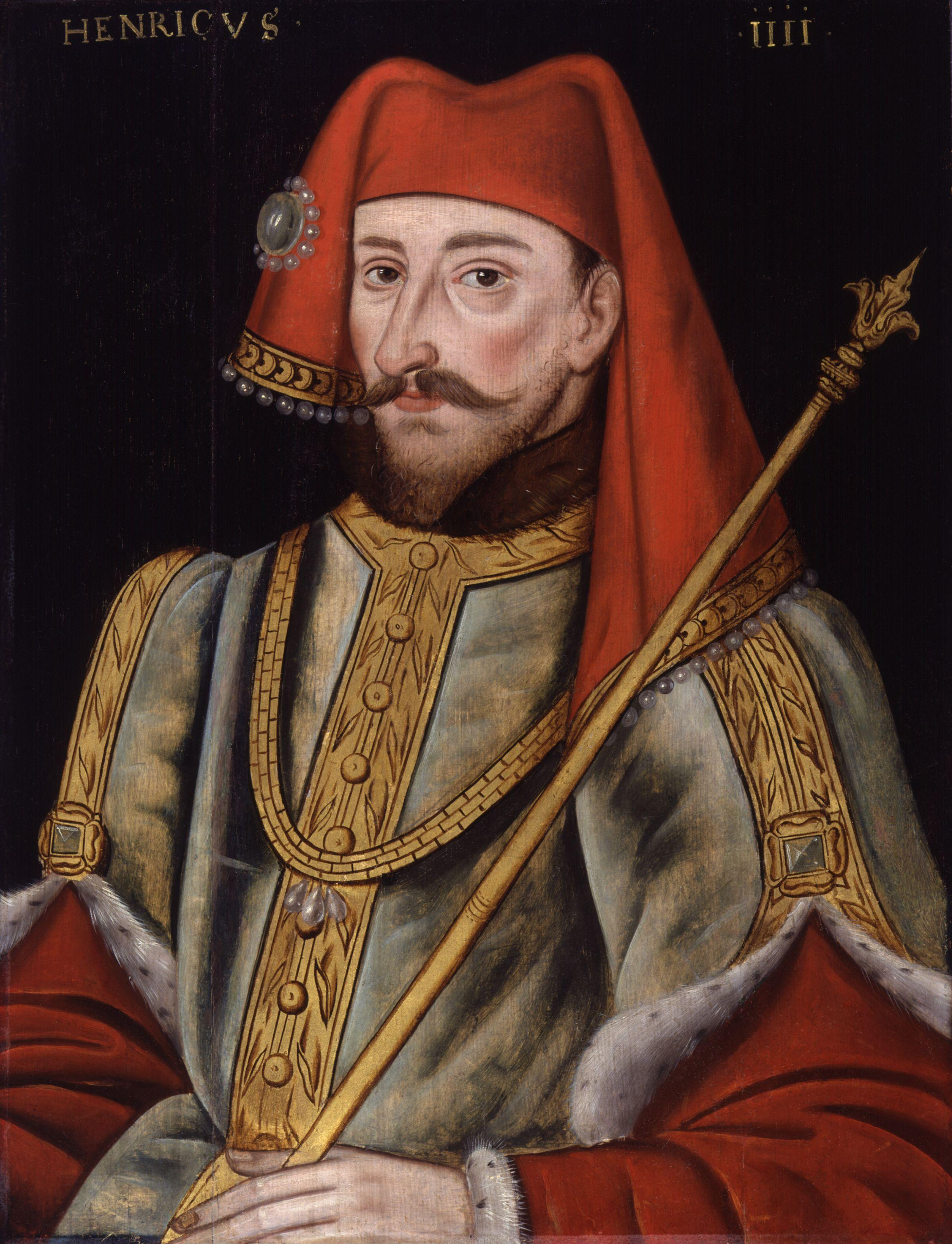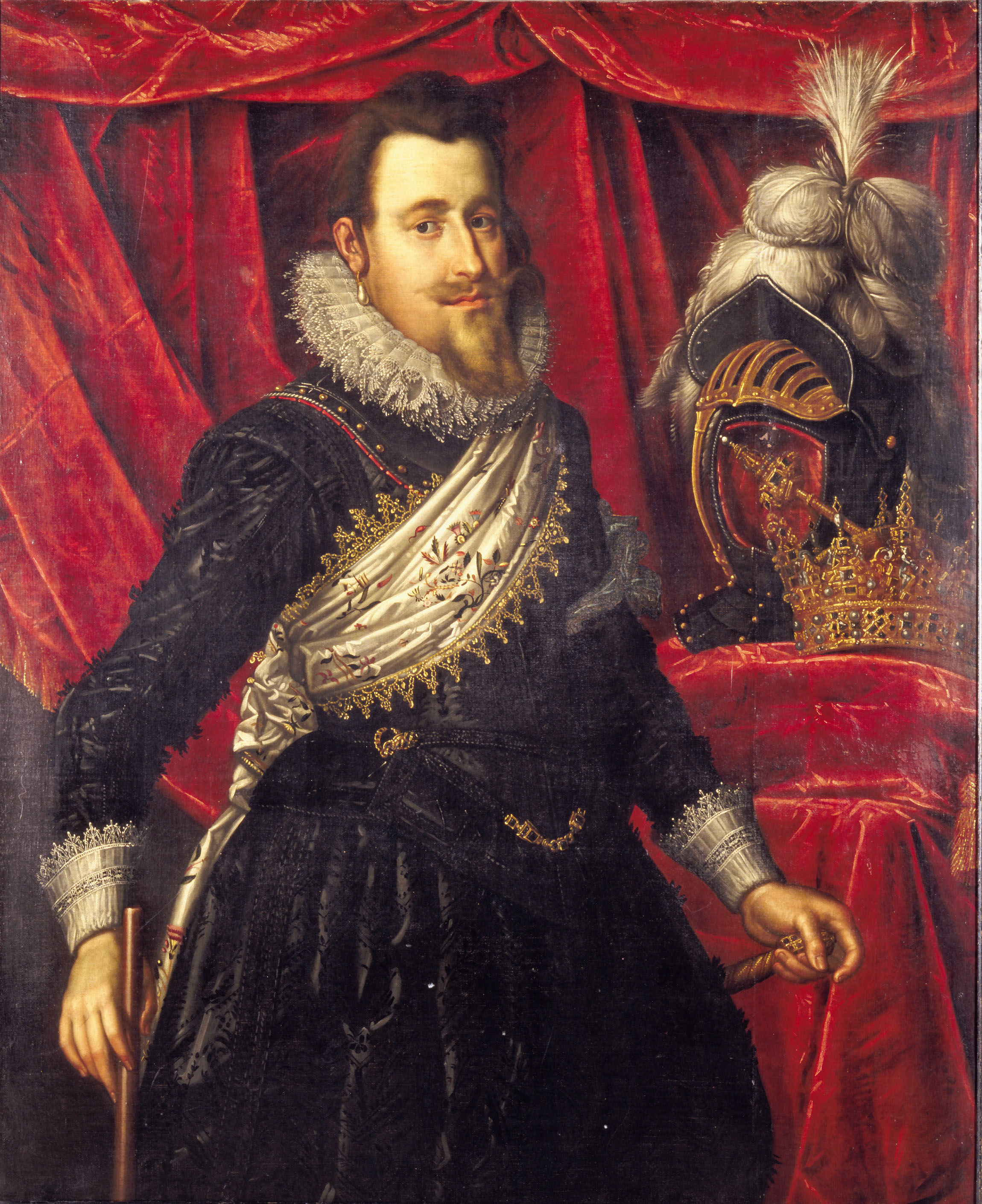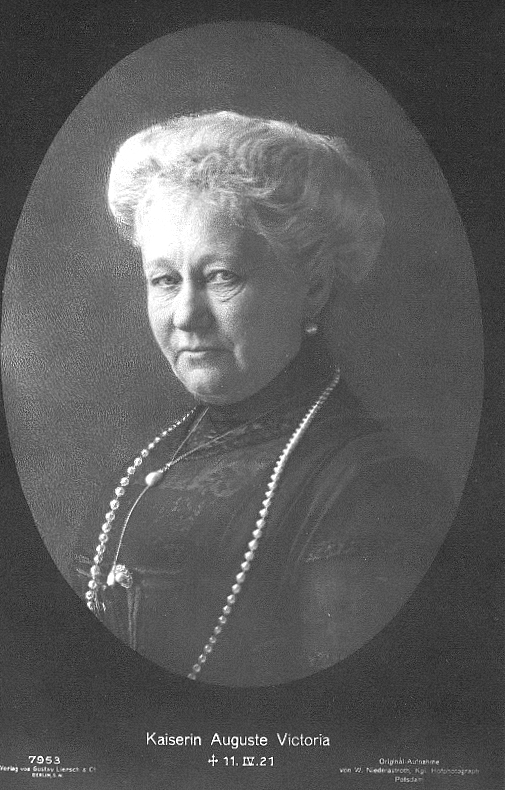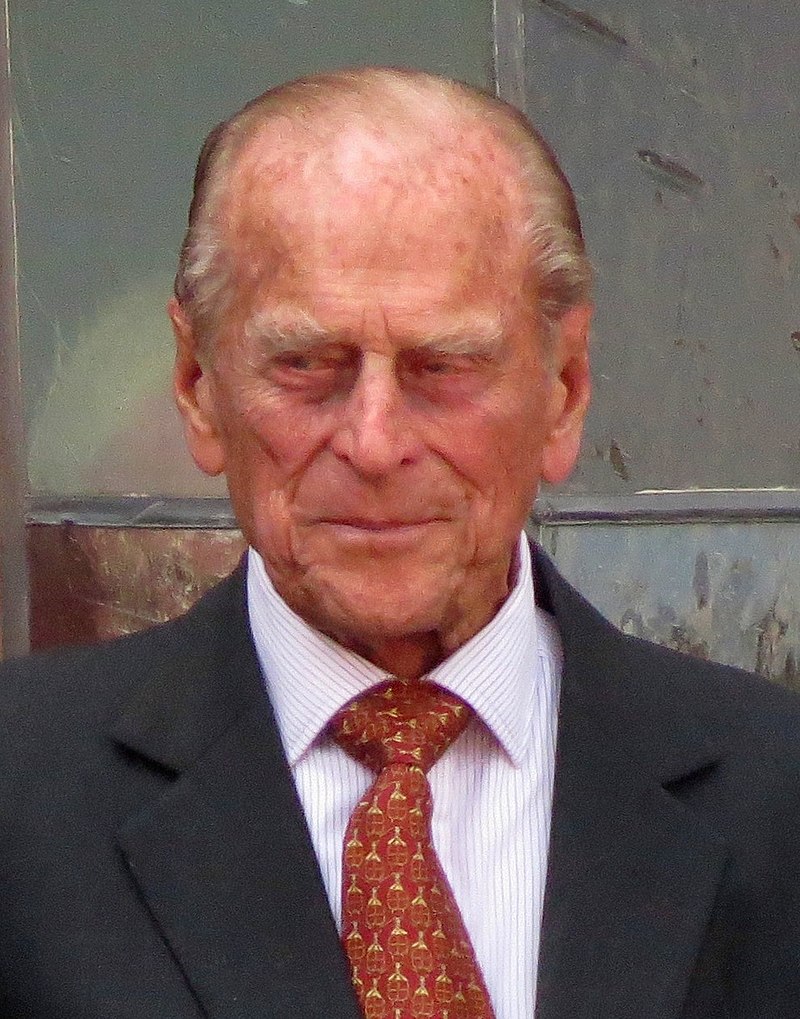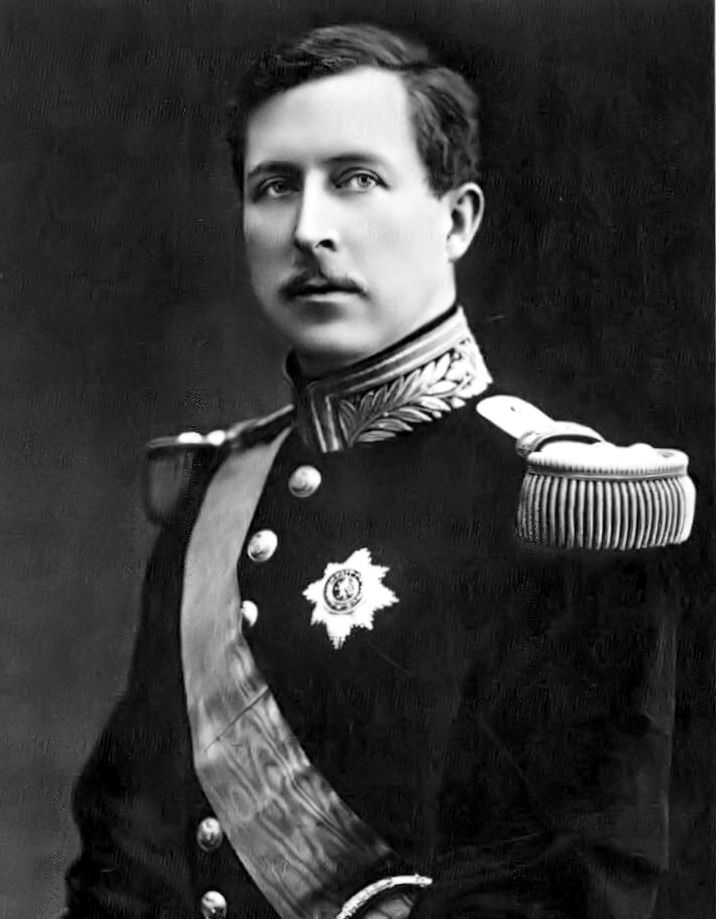© Unofficial Royalty 2025

Francisco, Duke of Cadiz, King Consort of Spain; Credit – Wikipedia
April 17, 963 – Birth of Sweyn Forkbeard
April 17, 1080 – Death of King Harald III of Denmark; buried in Dalby Church in Dalby, now in Sweden, part of Denmark at the time
King Harald III of Denmark was born circa 1042 and reigned as King of Denmark from 1076 to 1080. He was the first of five illegitimate sons of Sweyn II Estridsson, King of Denmark, to become King of Denmark. Harald III married Margareta Asbjørnsdatter, the daughter of Jarl Asbjörn Ulfsen, a Danish nobleman. There are no known children from the marriage. Harald succeeded his father, Sweyn II Estridsson, King of Denmark in 1076. He died on April 17, 1080, aged around 38, and was succeeded by his brother, King Cnut IV of Denmark. A 2015 study suggested that King Harald III may have died of Brugada syndrome, a genetic disorder in which the electrical activity in the heart is abnormal. It increases the risk of abnormal heart rhythms and sudden cardiac death. The study showed that perhaps up to fourteen Danish kings who suddenly died at a relatively young age without being ill possibly died of Brugada Syndrome.
Unofficial Royalty: Harald III, King of Denmark
April 17, 1662 – Birth of Erdmuthe of Dietrichstein, Princess of Liechtenstein, wife of her first cousin Hans-Adam I, Prince of Liechtenstein, probably either in Vienna, then in the Duchy of Austria, now in Austria, or in Nikolsburg, then in the Principality of Dietrichstein-Nikolsburg, now the city of Mikulov in the Czech Republic
Full name: Erdmuthe Maria Theresia
In 1681, nineteen-year-old Erdmuthe married her nineteen-year-old first cousin, Hans-Adam, heir to the Principality of Liechtenstein. The couple had eleven children, but all their sons predeceased Hans-Adam. Hans-Adam died in 1712, at the age of 49. After the death of her husband, Erdmuthe spent most of her time in Vienna and Judenau-Baumgarten, which was owned by the House of Liechtenstein and where Erdmuthe founded a hospital. She devoted herself to philanthropic activities, including providing shelters for the poor. Erdmuthe survived her husband by twenty-five years, dying on March 16, 1737, in Vienna, Austria, at the age of 84.
Unofficial Royalty: Erdmuthe of Dietrichstein, Princess of Liechtenstein
April 17, 1711 – Death of Joseph I, Holy Roman Emperor, King of Bohemia, Archduke of Austria, King of Croatia, and King of Hungary, at the Hofburg Palace in Vienna, Austria; buried in the Imperial Crypt at the Capuchin Church in Vienna
Joseph ruled over the hereditary Habsburg lands and was elected Holy Roman Emperor in 1705. His reign lasted just six years. During the 1711 smallpox epidemic 1711, which killed Louis, Le Grand Dauphin of France, the only surviving child and heir of King Louis XIV of France, and three siblings of the future Holy Roman Emperor Franz I, Joseph also became ill with smallpox. On April 17, 1711, Joseph died, aged thirty-two, at the Hofburg Palace in Vienna.
Unofficial Royalty: Joseph I, Holy Roman Emperor, King of Bohemia, Archduke of Austria, King of Croatia, and King of Hungary, in Vienna, Austria
April 17, 1818 – Death of Heinrich XLII, 1st Prince Reuss of Gera in Schleiz, Principality of Reuss-Gera; buried in the Princely Crypt at the Bergkirche St. Marien now in Schleiz, Thuringia, Germany
In 1779, Heinrich XLII married Princess Caroline of Hohenlohe-Kirchberg in Kirchberg an der Jagst. The couple had eight children, but only three survived to adulthood. When Heinrich XLII’s father died in 1784, he became Count Reuss of Schleiz. In 1802, when Heinrich XXX, Count Reuss of Gera died without an heir, Heinrich XLII also became Count Reuss of Gera. In 1806, Heinrich XLII received the title of Prince from Napoleon I, Emperor of the French, and his two counties were raised to the Principality of Reuss-Gera or Reuss Younger Line, and Heinrich XLII was then titled 1st Prince Reuss of Gera. Heinrich XLII, 1st Prince of Reuss of Gera died on April 17, 1818, aged 66.
Unofficial Royalty: Heinrich XLII, 1st Prince Reuss of Gera
April 17, 1838 – Birth of Antoinette of Saxe-Altenburg, Duchess of Anhalt, wife of Friedrich I, Duke of Anhalt, in Bamberg, Kingdom of Bavaria, now in Bavaria, Germany
Full name: Antoinette Charlotte Marie Josephine Karoline Frida
In 1854, Antoinette married the future Friedrich I, Duke of Anhalt, and they had six children. At the age of 70, four years after the death of her husband, Antoinette, Dowager Duchess of Anhalt died.
Unofficial Royalty: Antoinette of Saxe-Altenburg, Duchess of Anhalt
April 17, 1902 – Death of Francisco, Duke of Cadiz, King Consort of Queen Isabella II of Spain; at the Château of Épinay-sur-Seine in France; buried at the Monastery of San Lorenzo El Real in El Escorial, Spain
In 1846, at the age of 24, Francisco married his double first cousin, the sixteen-year-old Queen Isabella II of Spain. Francisco and Isabella’s marriage was not happy, and there were persistent rumors that few, if any, of her children, were fathered by her husband. Nevertheless, Francisco claimed all the children as his. Only five of the nine reached adulthood. His wife Isabella officially abdicated in 1870, and after the First Spanish Republic collapsed, and their son, Alfonso XII, became king. Francisco accompanied his deposed wife into exile in 1868, but they soon separated. However, Francisco and Isabella formed a friendly relationship after their separation. Francisco died on April 17, 1902, in Épinay-sur-Seine, France.
Unofficial Royalty: Francisco, Duke of Cadiz, King Consort of Spain
April 17, 1940 – Death of Katharina Schratt, the confidante of Franz Joseph I, Emperor of Austria; buried at Hietzing Cemetery in Vienna, Austria, adjacent to Schönbrunn Palace
In December 1873, Emperor Franz Joseph of Austria and his wife Empress Elisabeth attended a gala performance of Shakespeare’s The Taming of the Shrew at the Stadttheater in Vienna, Austria. No one could have foreseen that Katharina Schratt, the actress playing the female lead role, whom Franz Joseph saw for the first time that evening, would become an important person in his life. Katharina had a long-standing private relationship with Franz Joseph I, Emperor of Austria, however, the exact nature of their relationship is unclear. Some believe that Katharina and Franz Joseph were lovers. Others believe that their relationship was platonic and that Franz Joseph, whose wife was emotionally distant from him and fled from him as well as her duties at court by frequent traveling, needed someone to support him emotionally. Franz Joseph also had to deal with the violent deaths of relatives. Certainly, Katharina’s emotional support helped Franz Joseph to deal with all these tragedies. Katharina always maintained the strictest discretion regarding her relationship with Franz Joseph. Katharina Schratt died on April 17, 1940, at the age of 86.
Unofficial Royalty: Katharina Schratt, Confidante of Franz Joseph I, Emperor of Austria
This article is the intellectual property of Unofficial Royalty and is NOT TO BE COPIED, EDITED, OR POSTED IN ANY FORM ON ANOTHER WEBSITE under any circumstances. It is permissible to use a link that directs to Unofficial Royalty.


